What is AWS Security?
AWS Security secure, dedicated cloud computing is typically used to support newer applications and software upgrades. Business leaders can utilize the security features, software support, and other services they are familiar with by reaching out to Amazon. AWS also handles their requests for IT, a standard method of new applications or existing workloads.
AWS Security is a key part of Amazon’s overall cybersecurity strategy. It enables customers to securely host and manage their applications, data, and infrastructure in the cloud. Cybersecurity is the practice of protecting systems and data from unauthorized access, use, or disclosure. It is an important part of keeping your business and customers safe.
The importance of cybersecurity cannot be overstated. Cybersecurity incidents can result in costly damages, loss of customer data, and even legal liability. By taking measures to protect your systems and data, you can reduce the likelihood of experiencing a cybersecurity incident and protect your business from potential financial and legal risks.
The AWS Security Ecosystem
Amazon Web Services (AWS) offers a platform to build and deploy cloud applications. It provides services like compute, storage, and networking. The AWS ecosystem boasts various tools to simplify cloud application management.
This guide will introduce you to the AWS ecosystem’s benefits.
Previously, IT companies outsourced to create a cost-effective online presence. The [US geography] economy then boomed with physical investments, opening [foreign] markets. Giants like Azure emerged, letting companies provide cloud computing from a central location. These companies later established services in low-cost labor markets, slashing overseas staff expenses to [Pennies!].
AWS prioritizes security within its ecosystem.
#1: Identity and Access Management (IAM)
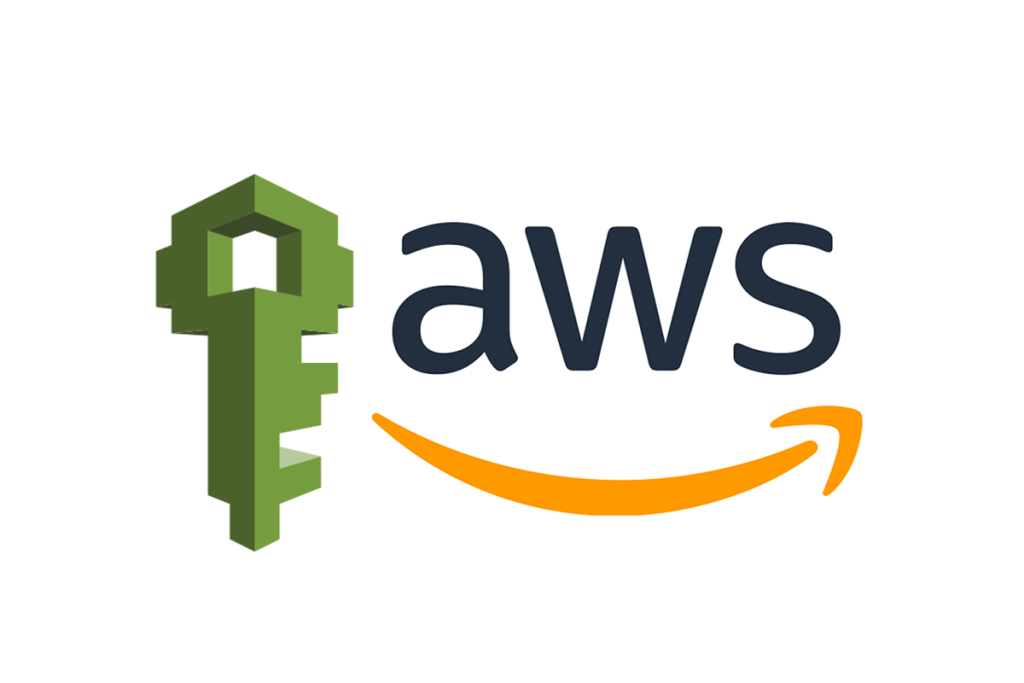
IAM forms AWS’s security core. It controls access to AWS cloud resources and assigns permissions based on necessity. Delegations can be made to other AWS services. IAM employs granular permissions for user rights.
Within “permission policies,” we control employee/contractor access to AWS resources. They can use key-and-password rotation or multifactor authentication for access.
Pros:
- Enhanced Security: IAM enforces granular access control. You can create users and roles with specific permissions, limiting their actions within AWS. This minimizes the risk of accidental or malicious actions.
- Centralized Management: IAM provides a single point to manage all your AWS users, groups, and their permissions. This simplifies administration and ensures consistency.
- Detailed Logging: IAM tracks user activity, allowing you to monitor access and identify any suspicious behavior.
- Integration with Other Services: IAM integrates well with other AWS services, making it easier to enforce access controls across your entire cloud infrastructure.
Cons:
- Learning Curve: IAM has a range of features and functionalities, which can be complex for beginners. Understanding roles, users, groups, and policies takes time and training.
- Setup Time: Initializing IAM policies can be time-consuming, especially for complex environments. You’ll need to carefully define permissions for each user or role.
- Limited Scope: IAM only manages access to AWS resources. If you have resources outside of AWS, you’ll need a separate access control solution.
#2: AWS CloudTrail
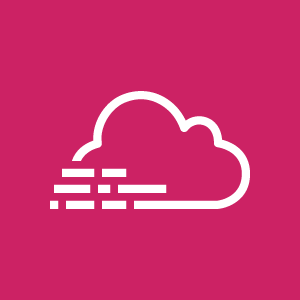
CloudTrail logs all user actions, capturing AWS stack activities. It logs API calls, console tasks, and developer machine code. The log rates, which capture 50 events, ensure privacy and help in incident or regulatory probes. Continuous enhancements allow CloudTrail logs to initiate API calls, ML, state machine, or other AWS features. With 30M logs full of data, analysis becomes easier.
To optimize data, transfer logging to SIEM platforms like Splunk, Sumo Logic, or Threat Stack. Alternatively, offload log data to an S3 bucket.
#3: AWS Web Application Firewall (WAF)
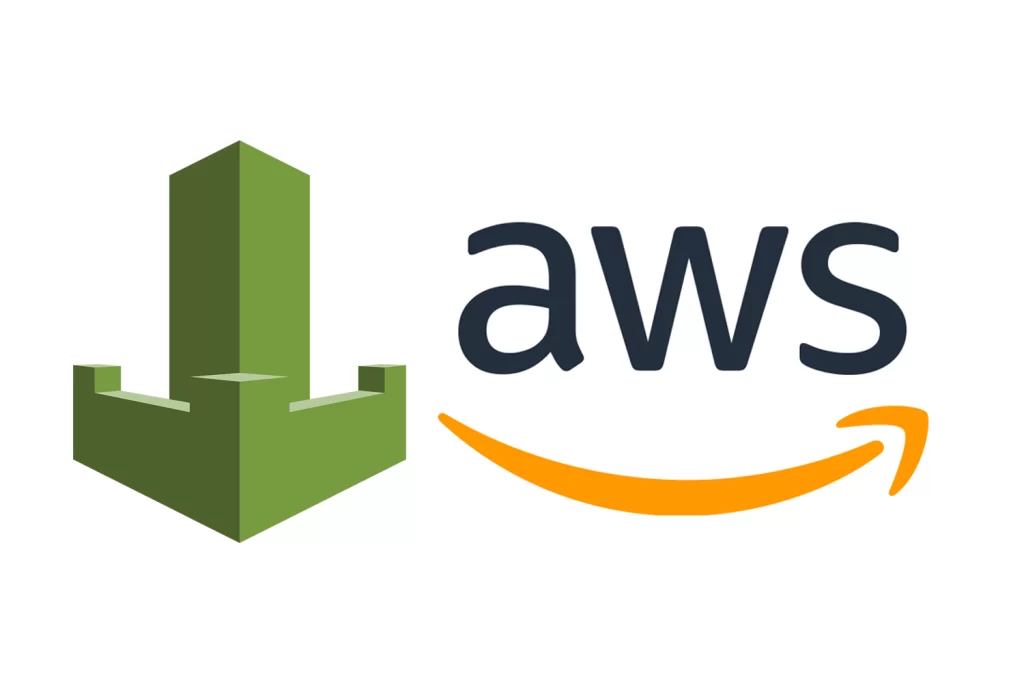
AWS WAF regulates web traffic to your applications. It sets custom rules to validate traffic, blocking unauthorized access and potential web attacks.
AWS WAF safeguards against threats like SQL injection and cross-site scripting. Integrated with Amazon CloudFront, DNS, APIs, and AWS app sync, it provides insights on vulnerabilities and solutions upon triggering events.
Pros
- Cost-Effective: Compared to traditional WAFs, AWS WAF is a budget-friendly option. There’s no upfront cost, and you only pay for the web filtering rules you use.
- Easy Deployment: Being a native AWS service, WAF integrates seamlessly. With a /few clicks, you can have WAF deployed and protect your web applications.
- Customizable Rules: WAF offers a flexible rule engine. You can create custom rules to address specific threats or leverage pre-built rules based on OWASP security best practices.
- Layer 7 Protection: WAF inspects web traffic at the application layer (layer 7) of the OSI model, allowing it to block attacks that target vulnerabilities in your application logic.
Cons
- Limited Scope: AWS WAF can only protect web applications hosted on AWS. If your applications reside elsewhere, WAF will not apply.
- Learning Curve: While deployment is simple, creating effective WAF rules requires understanding web application security threats and how to configure rules to block them.
- Limited Rate Limiting: While WAF offers rate limiting to block excessive requests, its capabilities are considered basic compared to some other WAF solutions. It relies on IP address blocking, which attackers can easily bypass.
- Limited Visibility: WAF itself doesn’t provide real-time traffic monitoring. To gain deeper insights into traffic and potential attacks, you’ll need to set up additional AWS services like Lambda and Kinesis.
#4: AWS Shield
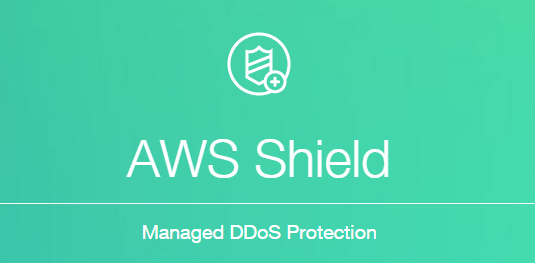
Shield, an AWS-managed service, defends against Distributed Denial of Service attacks. It has two tiers: Standard, which tackles basic threats, and Advanced, which further protects AWS services like EC2 and includes a ‘free’ WAF.
Shield offers a secure environment against cyberattacks, leveraging AWS’s global infrastructure. It’s free for up to 2 million requests monthly but can be upgraded for additional features.
Pros
- Always-on Protection: The AWS Shield Standard Tier is included free with your AWS account. It provides basic DDoS protection for Layer 3 and 4 attacks, offering a safety net without additional setup.
- Automatic Mitigation: Both Standard and Advanced tiers automatically detect and mitigate DDoS attacks, minimizing downtime and ensuring application availability.
- Scalability: AWS Shield scales automatically to handle even the largest DDoS attacks, so you don’t need to worry about infrastructure limitations during an attack.
- Reduced Server Load: By filtering out malicious traffic, Shield alleviates the burden on your resources, preventing performance degradation during attacks.
- Integration with AWS: Shield integrates seamlessly with other AWS services, simplifying security management for your cloud environment.
Cons
- Limited Free Tier: The free Standard tier offers basic protection and might not be sufficient for complex applications or those facing frequent attacks.
- Cost: The Advanced tier, which offers more comprehensive DDoS mitigation features, has a subscription fee, which can be significant for high-traffic applications.
- Complexity for Advanced Features: While automatic mitigation is a plus, advanced configuration options in the Advanced tier might require expertise to optimize protection.
- Focus on DDoS: Shield primarily focuses on DDoS attacks. For broader web application security, you’ll need to consider additional services like AWS WAF.
#5: AWS Inspector

AWS Inspector identifies weaknesses in AWS workloads. It scans running instances for vulnerabilities. Integrating with AWS Eventbridge, it automates vulnerability scans across workloads.
AWS Inspector gives insights into your AWS entities, including Load Balancer, EC2 instances, S3 buckets, and Route 53 domains. If AWS issues arise, the Inspector can address them.
#6: AWS Trusted Advisor
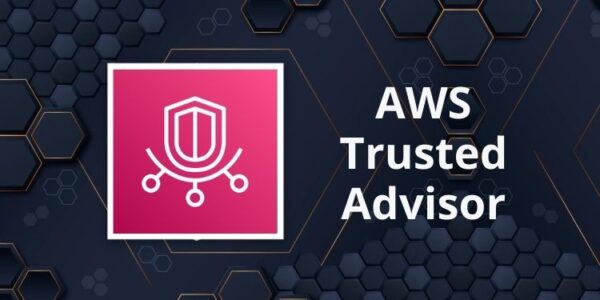
Trusted Advisor assists users in optimizing AWS usage. Since its 2017 launch, it’s become a favored tool for AWS guidance, covering optimization and security.
It comprehensively scans your AWS account, suggesting best practices for various AWS services.
#7: AWS Key Management Service (KMS)
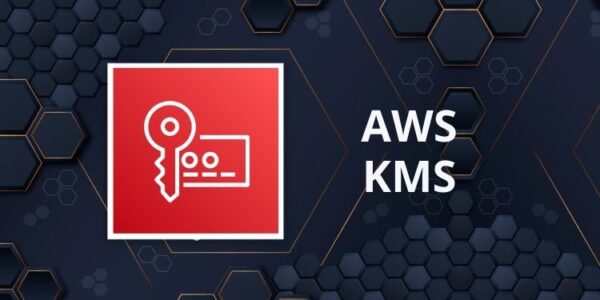
KMS in AWS handles data encryption and decryption. Users can select an Amazon-managed service key or manage one themselves. KMS ensures secure access control compliant with the FIPS-140-2 standard.
While AWS offers numerous other security services, it’s essential to mention Advanced Protection Services, Advanced Credentials Management, and others.
Although AWS allows quick environment setups, new security challenges can arise. New security tools can safeguard AWS services. Additional software also enhances current security services, introducing more tools without hampering existing ones.
The Advanced Threat Protection service for AWS shields global workloads within the same AWS account’s VPC. It offers a multi-layered security architecture with features like firewalls, VPNs, and anti-virus tools. The service detects and blocks advanced threats.
A secure network supports threat mitigation while ensuring sensitive data visibility. This network advises on internal data center threats and defends against them. It also offers enhanced security features for rapid vulnerability detection and rectification.

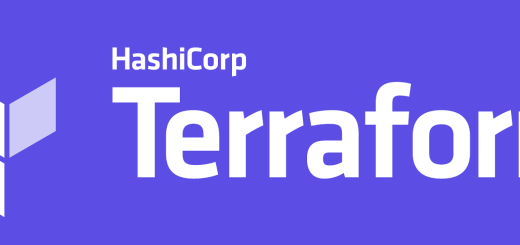
1 Response
[…] the AWS CLI, you can create and manage AWS resources, configure security settings, monitor resource usage, and access resource logs. The AWS CLI supports many AWS services, […]